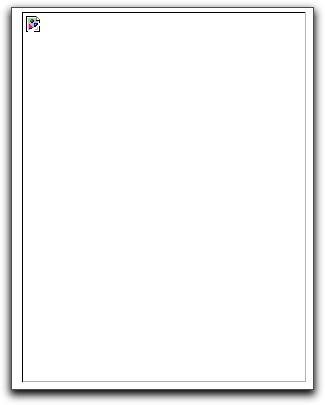
An Unrealized Proposal
A proposal of sorts for an unrealized project, this statement aims to describe some concepts that have the potential to be used for divinatory means. Having previously offered an introduction to the work of Austin Osman Spare, and demonstrating how his artistic production worked symbiotically with his magickal practice, my next aim was to rehabilitate Spare’s sketches to create a simple divinatory tool using a contemporary occult system: Google Images.
The plan was to use a selection of Spare’s sketches, found in the Austin Osman Spare art collection at the Harry Ransom Center, as a starting point for a user-directed experience of sortilege (a form of divination by “casting lots,” such as Tarot, runes, I-Ching), also known as cleromancy. The project was structured thusly:
- The user is asked to verbalize a question or intent and to focus on this query.
- The user then clicks on a section of a sketch by Spare.
- This click triggers a query to Google Images’ “search by images” option to create a set of image results.
- The set of images is then zipped and downloaded to the user’s hard drive as a single package.
- Keeping the original query in mind, the user unzips the downloaded package and analyzes the set of images to find patterns that will formulate a divinatory theory.
This proposal exploits the main concepts of cleromancy/sortilege while taking into consideration the new realities of computer “vision,” cyborg theory, chaos magick and outsourced processes—mental and otherwise—that we have traded in exchange for rapid information retrieval, efficiency, accuracy and other terms so valued by the egregore of late capitalism and the military-industrial complex.
Patrick Dunn writes in his excellent book Postmodern Magic: The Art of Magic in the Information Age:
"If imagination is a fundamental skill of magic, then divination is the art of using that skill to its optimum capability. The universe carries on a conversation with itself; thus, to do magic, we communicate our desire to the universe symbolically, in an aesthetically pleasing manner. Divination is simply the universe talking back."
Beyond its obvious applications for art production as (potentially divinatory) magickal practice and its relevance to my practice as a whole, this quotation sheds some light on the ways divination operates in a non-art context and how we can deploy that imagination.
The concept of the preset in software and hardware is useful when taking a postmodern, chaos magick approach to the calcified divinatory arts of scrying, tarot, runes and other practices. If divination is a dialectical process, a “conversation with the universe,” then the concepts of information theory should apply. Divination can then be understood as an encoding and decoding of messages, where the codec determines the amount of noise in the system. To illuminate this point, let us consider a Magic 8 Ball. The encoding of the message happens when you ask a question and transmit it with a vigorous shake of the ball. The decoding of the message happens when a specific side of the die pushes up against the window and the user interprets the printed words as an answer. There are twenty preset answers and one way to use the ball (shaking it). The options for encoding and decoding the communication have thus been severely limited to diminish the amount of entropy in the system.
Similarly, a tarot deck has a definite number of cards that follow a specific set of numbering and taxonomic rules. These cards could potentially be arranged in an infinite number of ways, but when used for divinatory means, a system of “spreads” is used to limit the entropy in the system and cut down on noise. Tarot spreads are no different than the presets on a synthesizer or Instagram filters, in that they too diminish entropy by limiting options for the purpose of removing as much noise as possible from the process. However, our tools’ ease of use often forecloses their creative use (c.f. Lazslo Moholy-Nagy’s 1922 essay “Production-Reproduction”) while a synthesizer is supposed to make interesting sounds easy and (relatively) inexpensive to create, and Instagram allows the average Jane or Joe to retouch and share images with their social circle, these presets also close down other options for the tools. A synthesizer could just as well be used as a doorstop, a tarot deck could be used as kindling for a fire, or Google Images could be used to tell the future.
My original proposal is unrealizable at the present time in the same way that the AFFIRMATIONS that compose the centerpiece of this issue are “excerpts”—as the rate of innovation in technology accelerates, the potential for its creative experimentation diminishes. The AFFIRMATIONS are, and will always be, excerpts because my current equipment is obsolete and cannot handle the processing power necessary to create the three+ hour video loops I originally envisioned. These videos still exist as a set of unrealized instructions. The A.O. Spare/Google Images divination machine remains unrealized because of the frequency with which Google changes the rules governing how users interact with its API. While technically possible, the amount of time and skill required to create this divination machine was deemed not worth the effort after considering the lifespan of the project.
